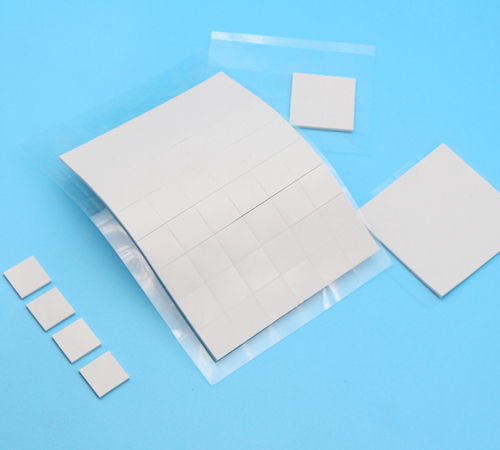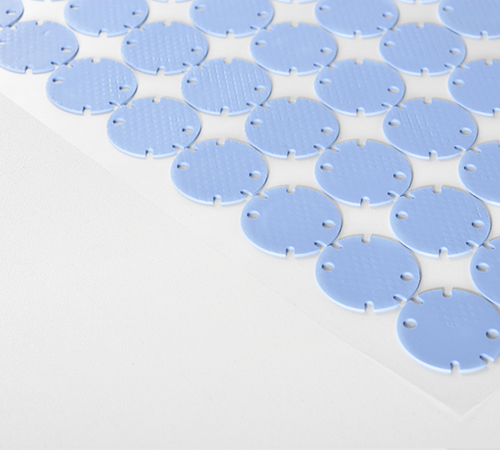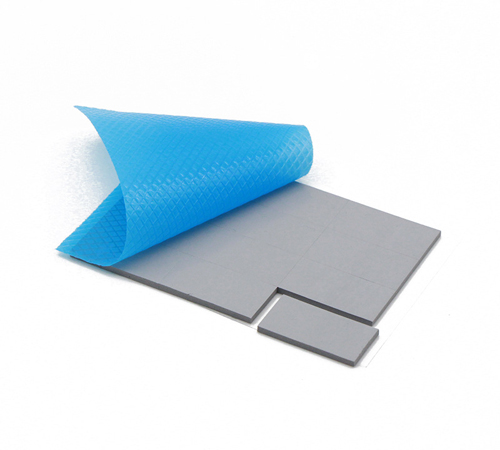Thermal conductive silicone pads are widely used in electronic devices and cooling systems. Their primary function is to fill gaps between heat sinks and heat sources, ensuring efficient heat transfer. However, in practical applications, the phenomenon of hardness rebound in thermal conductive silicone pads may occur. This can impact thermal performance and affect the normal operation of devices. To explore the reasons behind this hardness rebound, it's necessary to analyze it from multiple perspectives, including material properties, production processes, environmental factors, and application scenarios.
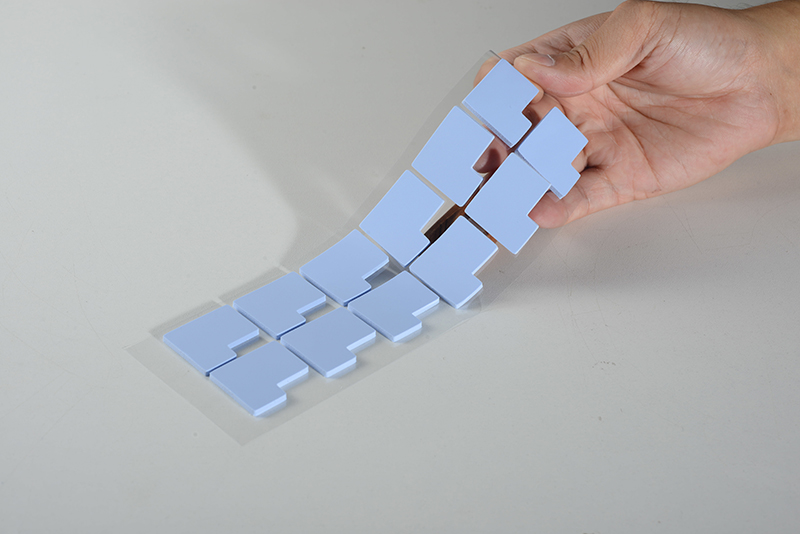
Material Properties of Thermal Conductive Silicone Pads
The main component of thermal conductive silicone pads is silicone, to which thermal fillers such as aluminum oxide or boron nitride are added to enhance thermal conductivity. Silicone itself is an elastic polymer material, and its hardness and elasticity are closely related to its molecular structure. The elastomeric nature of silicone allows it to partially restore its original shape after compression, a property known as "resilience." This resilience is fundamentally a physical attribute of the material, related to the ability of the silicone's molecular chains to deform and recover under external force.
However, the rebound of thermal conductive silicone pads is not solely determined by the silicone itself; it is also influenced by the thermal fillers within it. Factors such as the shape, particle size, and distribution of the fillers can affect the overall hardness and resilience of the silicone pad. For instance, if the filler particles are unevenly distributed or too large, it can lead to localized increases in hardness and potentially cause uneven rebound.
The Impact of Production Processes on Hardness Rebound
The production process directly influences the hardness and resilience of thermal conductive silicone pads. During the manufacturing of silicone pads, processes such as mixing, vulcanization, and molding can all impact the final product's hardness and resilience.
Firstly, during the mixing process, if the silicone base material and thermal filler are not mixed evenly, it may result in localized hardness differences, manifesting as inconsistent rebound in applications. Additionally, improper control of mixing time and speed can cause filler sedimentation or agglomeration, further affecting product consistency.
Secondly, the vulcanization process plays a crucial role. Vulcanization involves a chemical reaction that crosslinks the molecular chains in the silicone base material, forming a stable three-dimensional network structure. The settings for vulcanization temperature and time directly affect the hardness and elasticity of the silicone pad. If vulcanization is insufficient, the crosslink density of the molecular chains will be inadequate, leading to lower hardness and greater resilience of the silicone pad; conversely, over-vulcanization can make the silicone pad too hard, losing its appropriate elasticity.
Lastly, control of the molding process is also very important. Factors such as mold pressure, temperature, and compression time will influence the final shape of the thermal conductive silicone pad. If mold pressure is insufficient or temperature is uneven, it may lead to uneven thickness and increased hardness differences in the silicone pad, resulting in varying degrees of rebound during application.
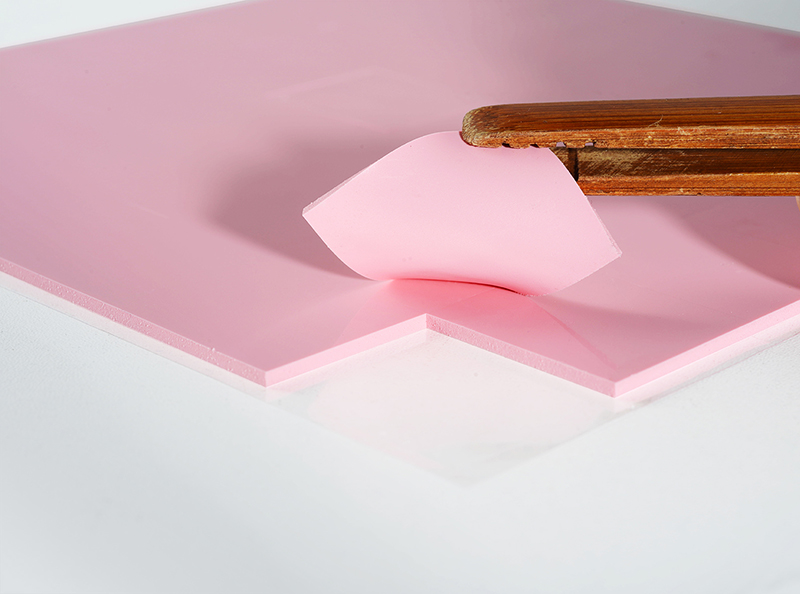
Environmental Factors
The resilience of thermal conductive silicone pads may also be influenced by environmental factors. Temperature is one of the most significant factors. Thermal conductive silicone pads typically operate in environments with significant temperature differences, and temperature changes can cause thermal expansion and contraction of the material, affecting its hardness and resilience.
In high-temperature environments, the silicone material may undergo thermal aging, leading to molecular chain breakage, resulting in decreased hardness and increased elasticity, thus causing rebound. In low-temperature environments, silicone material may become brittle, increasing hardness, reducing elasticity, and correspondingly decreasing resilience. Additionally, humidity can also affect the performance of silicone pads. In high-humidity environments, silicone may absorb moisture, leading to changes in physical properties and impacting resilience.
Consideration of Application Scenarios
The application scenario is also an important factor determining the hardness rebound of thermal conductive silicone pads. In different applications, silicone pads may be subjected to varying pressures and deformations. For example, in scenarios requiring frequent disassembly or replacement, the silicone pad is subjected to significant mechanical stress, which may accelerate material rebound, affecting its long-term performance.
Moreover, in electronic devices with high thermal demands, thermal conductive silicone pads need to maintain a certain shape and contact area to ensure effective heat transfer. If the silicone pad rebounds excessively, it may reduce the contact area, affecting thermal efficiency and consequently impacting the device's cooling performance.
Methods to Improve Hardness Rebound
The hardness rebound phenomenon in thermal conductive silicone pads is a result of various factors, including the inherent properties of the material, production processes, environmental influences, and application scenarios. To effectively control and reduce hardness rebound, manufacturers need to consider these factors comprehensively when designing and producing thermal conductive silicone pads. This involves optimizing material formulations and process flows, as well as selecting appropriate products based on specific application environments.
Recommendations include:
● Optimizing Material Formulations: Carefully control the types and amounts of crosslinkers, curing agents, and thermal fillers to ensure the silicone pad has suitable hardness and resilience.
● Controlling the Working Environment: Maintain appropriate temperature and humidity conditions for thermal conductive silicone pads to work in, avoiding extreme environments that could negatively impact silicone pad performance.
● Enhancing Quality Testing: Regularly test the hardness rebound and other performance aspects of thermal conductive silicone pads to detect and address any performance degradation promptly.
● Rational Design and Use: Fully consider the performance requirements and working environment of the thermal conductive silicone pad during product design, avoiding unnecessary mechanical stress and factors that accelerate aging.
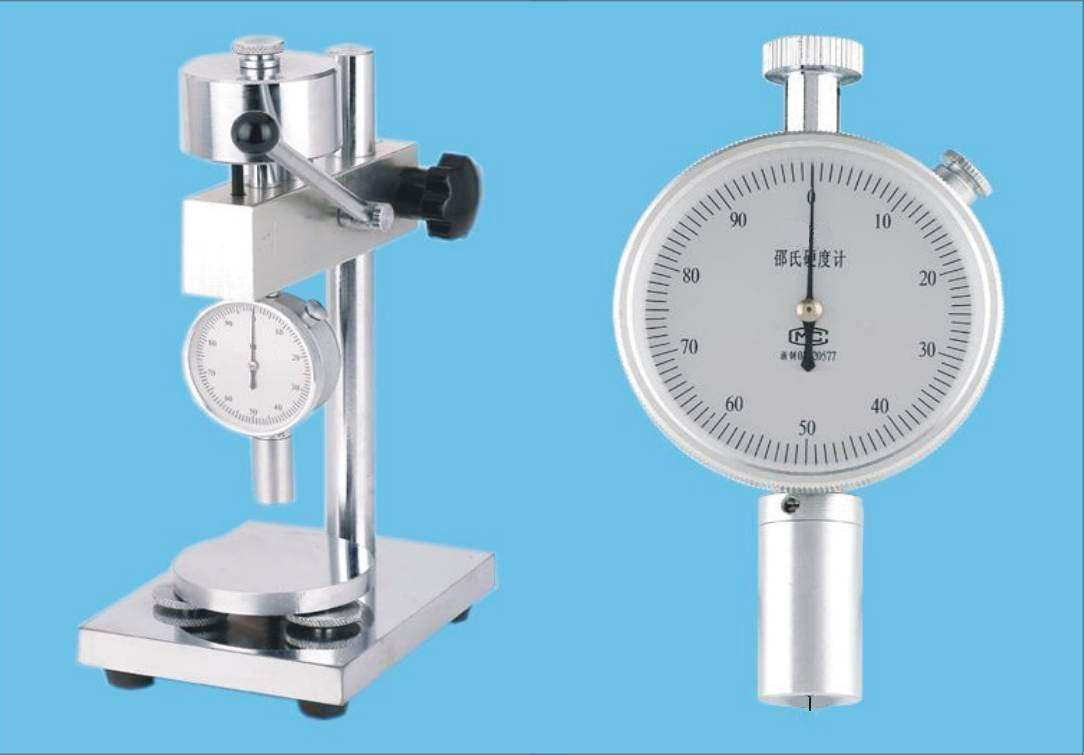
Conclusion
In summary, the hardness rebound phenomenon in thermal conductive silicone pads is a complex material issue that requires addressing from various aspects, including material selection, process optimization, and environmental control. Through systematic research and improvement, the performance of thermal conductive silicone pads can be further enhanced to meet the higher demands of modern electronic devices for thermal management materials.
In the future, as material science continues to advance, the performance of thermal conductive silicone pads will be further improved. For instance, the application of nanotechnology could improve filler distribution and interface compatibility, better controlling hardness and resilience. Additionally, intelligent production process monitoring and quality control methods will help manufacturers produce more stable and application-specific thermal conductive silicone pads.


 CN >
CN >

